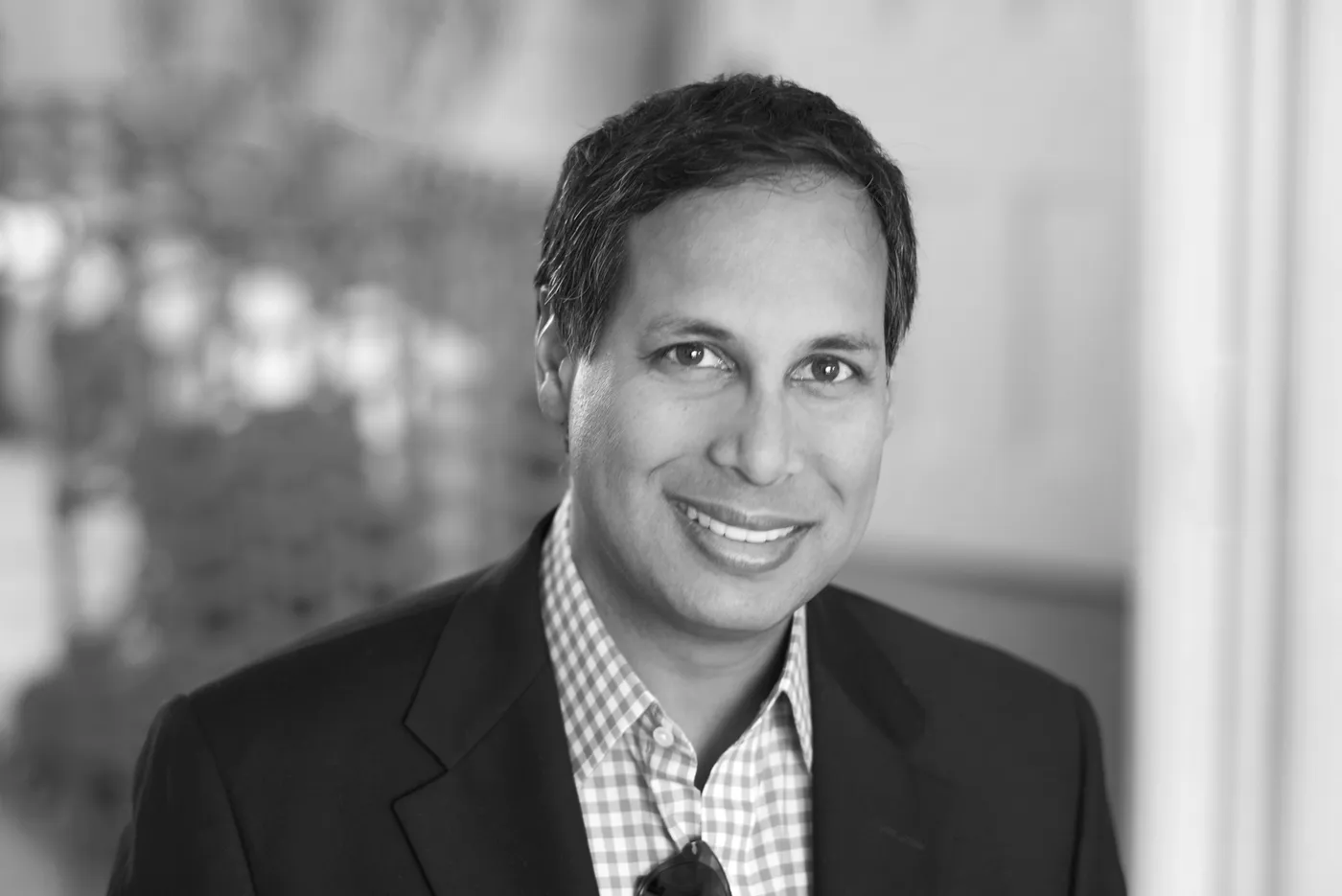Norway: #14 in the 2022 World Index of Healthcare Innovation

Photo: Vidar Nordli-Mathisen / Unsplash
Introduction
Norway ranked 14th overall in the 2022 World Index of Healthcare Innovation. Norway’s WIHI ranking (24th in 2021, 12th in 2020) has been the most volatile of the 32 countries surveyed. In particular, Norway leapfrogged from 9th all the way to 1st in the dimension for Quality, as recent data showed significant growth in public health spending. Norway remained a laggard on Choice (26th), up one spot from the year before. Norway ranked 10th for Science & Technology.
Background
The discovery of oil in the North Sea in 1969 transformed Norway into one of the world’s wealthiest nations. As Norway’s economy grew, the country expanded its socialized healthcare system for its citizens. Today, four Regional Health Authorities comprise the Norwegian healthcare system — much like Britain’s four National Health Services — with 20 hospital trusts.
Norway funds its public system through several national and municipal taxes. Health insurance coverage is universal and automatic for all residents. As with many socialized healthcare systems, the primary burden of administering care falls upon Norway’s various municipalities, with funding provided by the federal government. Subsequently, Norway’s Ministry of Health plays an administrative role in healthcare by establishing budgets and legislation to outline essential health benefits for all Norwegian citizens. Ultimately, Parliament determines what services are covered, even if there is no defined benefit package.
Only about nine percent of the Norwegian population holds private health insurance, which is supplemental. Employers mainly purchase private health insurance to provide employees faster access to publicly covered elective services and better choices among private providers. Because individuals with private insurance have access to providers who only serve the private market, wait times and choices are improved, even though the private market does not cover acute-care services. Nevertheless, private health insurance covers less than five percent of all elective healthcare services.
Nearly all Norwegian hospitals are public, with some private not-for-profit and a handful of for-profit hospitals that only offer elective treatments. All general practitioner and specialist visits require co-payments, including outpatient hospital care and same-day surgery. Public providers cannot charge patients above pre-determined amounts for their services, other than bandages and miscellaneous medical supplies.
Lastly, Norway’s robust economic growth kept its debt-to-GDP ratio low (below 16 percent), as Norwegian health expenditures represented 10.5 percent of its GDP in 2019. Public financing for the system — via national and municipal taxes — accounted for 85 percent of its national health expenditure. Nevertheless, Norway’s healthcare spending is rapidly increasing, raising long-term concerns over the future of its healthcare system.
Quality
Norway ranked 1st in the WIHI dimension for Quality, eight spots above its ranking in 2021. Norway’s rise can largely be attributed to its increase in the patient-centered care ranking, which jumped from 21st in 2021 to 3rd in 2022. In pandemic preparedness, Norway ranked 7th, an impressive standing. Additionally, Norway performed exceptionally well in infrastructure (2nd), for its modern hospital and outpatient care system. Furthermore, Norway ranked above the median in its ability to vaccinate its population and consequently placed 8th in measures of preventable disease.
Choice
Norway ranked 26th in Choice. Despite Norway’s high health care quality, the Nordic nation struggles to provide patients with autonomy and choice in their medical care. Its private health insurance is also expensive. Accordingly, Norway ranked 30th in freedom to choose healthcare services and 16th in affordability of health insurance. For many Norwegians, private health insurance is expensive, and they have little choice in deciding the insurance and benefits they want.

Science & Technology
Norway ranked 10th in the WIHI dimension for Science & Technology. Accordingly, Norway ranked above the median in medical advances (14th) and scientific discoveries (12th). While its medical advances and scientific contributions to the global community ranked near the median, its nationwide electronic health records adoption ranked in the top third of all WIHI nations, reflected in its 3rd place rank in health digitization.
Fiscal Sustainability
Norway’s socialized healthcare system ranked 27th in the WIHI dimension for Fiscal Sustainability. Admittedly, Norway’s strong economy helped it rank 7th in national solvency, as this reflected Norway’s excellent debt-to-GDP ratio and high national GDP. Nevertheless, Norway dedicates massive resources per capita to public health spending, and its growth rate for health spending increased steadily over the last decade. Consequently, Norway struggled in public healthcare spending (29th) and growth in public health spending (30th).



 ">
"> ">
"> ">
">